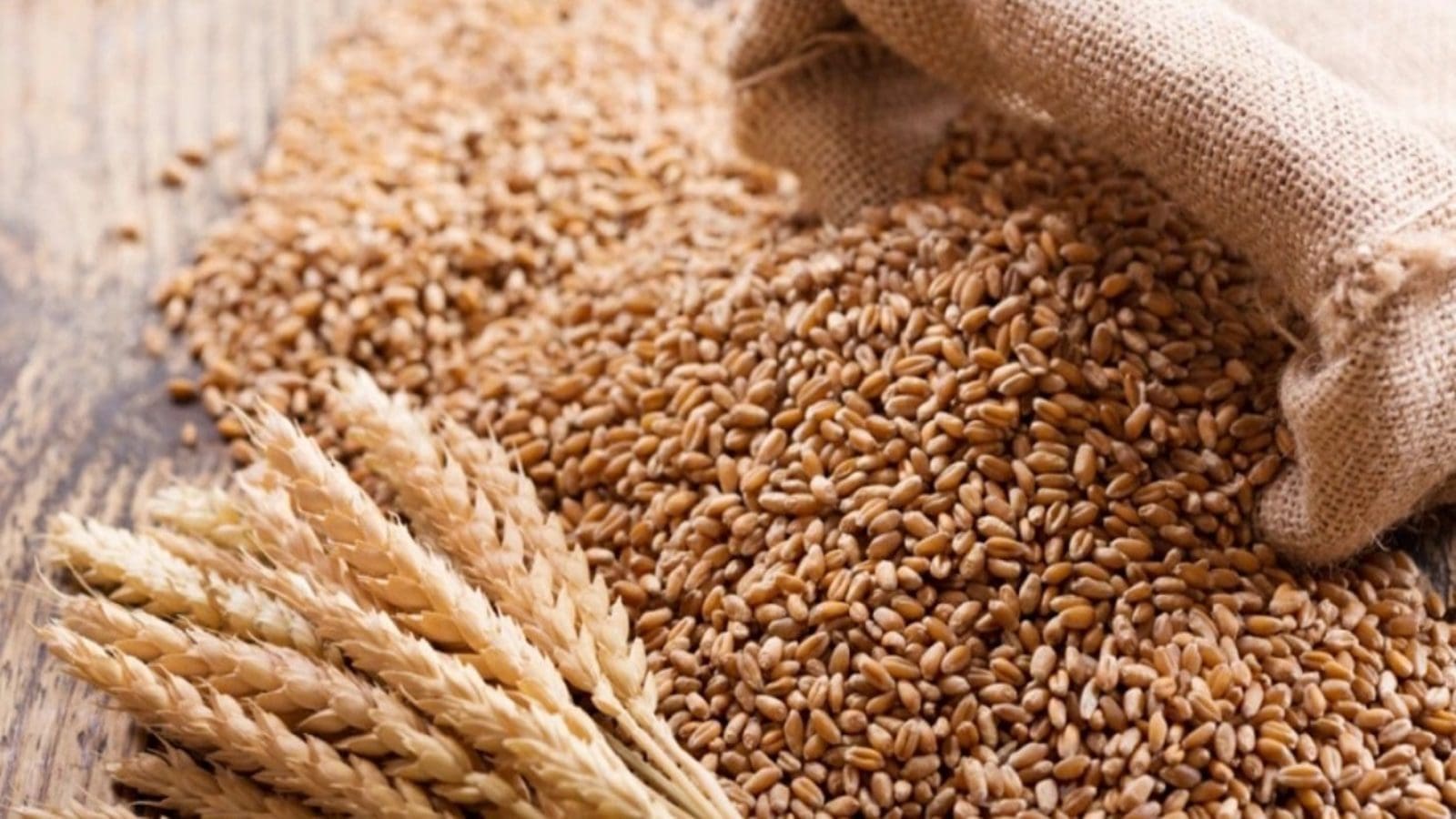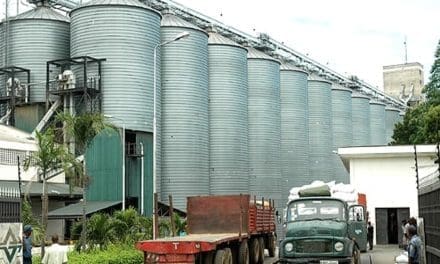USA- The US Department of Agriculture’s latest Prospective Plantings report predicts spring wheat plantings in the US to be down 2.4%, and the lowest in 50 years.
According to the report, the planted area for spring wheat other than durum is projected at 10.57 million acres, down 265,000 acres, or 2.4%, from 2022 and the lowest since 1972 if realized.
The expected planted area in the top three spring wheat states of North Dakota, Montana, and Minnesota was down a combined 270,000 acres, partially offset by an increase of 40,000 acres in Idaho.
Forecasts in the Prospective Plantings report are based on probability surveys of about 73,000 farm operators during the first two weeks of March and could change in the weeks to come.
According to the report, weather becomes the primary force that could change the final planted area, since fertilizer, crop rotation, and other agronomic factors and pricing ideas are mostly set by the time the surveys are conducted.
Conversely, the USDA report predicts an increased planting area for corn, soybeans, and total wheat.
According to the report, farmers intend to plant 91.996 million acres of corn in 2023, up 4% from last year, 87.505 million acres of soybeans, up 0.1%, and 49.855 million acres to all wheat, up 9%, including winter wheat, up 13%, durum, up 9% compared to 2022.
Another report, the US Department of Agriculture’s weekly National Crop Progress report, revealed that the condition of the US winter wheat crop has deteriorated as the winter wheat growing areas face drought.
“This has become a fairly sizable concern for wheat and we need precipitation or we have the potential to have a crop with yields as small as last year,” said Bill Lapp, owner of Advanced Economic Solutions, Omaha, Nebraska, US.
In Kansas, 91% of winter wheat was growing in drought. In Texas and Nebraska, 73% and 100% of wheat grew in drought respectively.
“The epicenter of dryness is in the vicinity of Liberal, Kan., and then drought circles around there down into Oklahoma, Texas, Colorado, 100 miles in every direction in a vitally important area for wheat production,” he added.
Global wheat supplies further undermined by dry Canadian fields
Meanwhile, Canada’s agriculture ministry provides that key spring wheat regions have received less than 60% of average precipitation since September.
According to David Streit, a senior meteorologist at Canadian Commodity Weather Group, parts of the Canadian Prairies have experienced the second-driest start to a year in 45 years.
“It becomes a bit of an art to try and get those seeds at the right depth into the soil because you need to be seeding into moisture to get them to germinate,” said Bill Prybylski, a farmer and vice president at the Agricultural Producers Association of Saskatchewan.
“If there isn’t good moisture, those tiny plants are quite susceptible to adverse conditions,” he added.
Canada is a major wheat exporter and drought fears cast doubt on current global supplies amid continued uncertainty about wheat exports from the Black Sea region and dry conditions in the US.
For all the latest grains industry news from Africa, the Middle East and the World, subscribe to our weekly NEWSLETTERS, follow us on LinkedIn and subscribe to our YouTube channel










